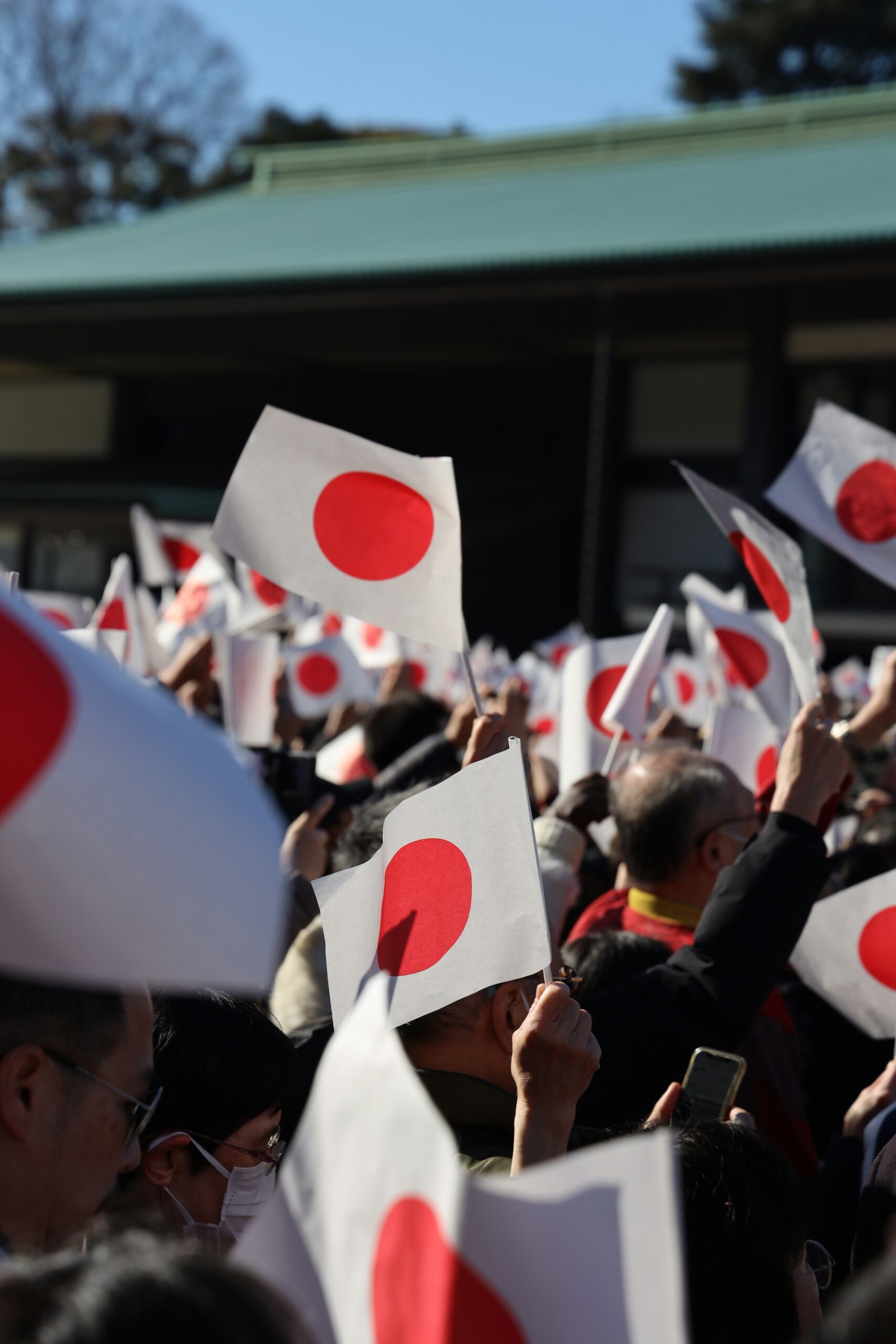🌸 A Beginner’s Guide to Learning Japanese: 5 Essential Steps to Start Your Language Journey

Learning Japanese is like entering a new world—full of culture, art, tradition, and an entirely new way of thinking. Whether you’re inspired by anime, Japanese culture, or planning to travel to Japan, starting your language journey can feel both exciting and overwhelming.
But don’t worry. In this blog, we’ll break down the 5 most essential steps to start learning Japanese effectively, with real tools, tips, and resources that work.
🈴 Step 1: Master the Japanese Writing Systems (Hiragana & Katakana)
Before diving into vocabulary and grammar, you need to learn Hiragana (ひらがな) and Katakana (カタカナ)—the two phonetic scripts used in Japanese. These are the building blocks of the language.
🎯 Why It’s Important:
- Hiragana is used for native Japanese words and grammar.
- Katakana is used for foreign words and names (e.g., コンピューター = computer).
🛠️ How to Learn:
- Use apps like LingoDeer, KanaQuiz, or Dr. Moku for fun and quick memorization.
- Practice writing the characters by hand—it helps improve retention.
- Flashcards (physical or via Anki) can help with daily practice.
💡 Pro Tip: Don’t skip this step. Knowing kana gives you the confidence to start reading real Japanese content early.
📖 Step 2: Learn Basic Grammar and Sentence Structures
Japanese grammar may seem different, but it’s logical and consistent. Start small, learn how sentences are formed, and build your way up.
🧱 Start With:
- Particles like は (wa), を (wo), が (ga), に (ni), で (de)
- Sentence structure:
[Subject] は [Object] を [Verb] わたしはりんごをたべます。 (I eat an apple.)
🔧 Best Resources:
- Tae Kim’s Guide to Japanese Grammar
- Imabi.net (in-depth explanations)
- BunPro (grammar + spaced repetition)
💬 Speak out loud and write your own sentences to practice.
🧠 Step 3: Build Your Vocabulary with Everyday Words
Vocabulary is your toolkit. Focus on words you’ll actually use in daily life—like greetings, numbers, food, directions, and feelings.
📋 Must-Know Starter Words:
- こんにちは – Hello
- ありがとう – Thank you
- はい / いいえ – Yes / No
- どこですか?– Where is it?
📱 Vocabulary Tools:
- JLPT N5 word lists (basic words used in the Japanese-Language Proficiency Test)
- Apps like LingoDeer, Anki decks, Memrise, or Drops
🧠 Use them in real-life scenarios, like describing your day in Japanese.
✍️ Step 4: Start Learning Kanji (One Step at a Time)
Kanji are the Chinese characters used in Japanese writing, and while they look difficult, they follow patterns. You don’t need to learn them all at once—just start with 5–10 a day.
📌 How to Approach:
- Start with JLPT N5 or Grade 1 Kanji
- Learn meanings, readings (onyomi/kunyomi), and how to use them in words
🧰 Best Kanji Tools:
- WaniKani – Gamified, spaced-repetition system
- Remembering the Kanji by Heisig
- Kanji Study App (Android) – Excellent for writing practice
💡 Focus on the most frequently used kanji (like 日, 人, 食, 水, 学).
🎧 Step 5: Immerse Yourself with Japanese Media
The best way to truly learn Japanese is to live with the language. Even if you’re a beginner, surround yourself with real Japanese every day.
🎶 Ways to Immerse:
- Anime, J-dramas, or movies (watch with Japanese subtitles!)
- Podcasts like JapanesePod101 or Nihongo con Teppei
- Japanese music – try singing lyrics with furigana
- Read NHK Easy News for simple real-world Japanese
✍️ Bonus: Keep a Japanese diary. Even one sentence a day helps your brain switch to Japanese mode.
🌟 Bonus Tips for Staying Motivated
- 🗓️ Set daily goals – 10 new words, 1 sentence, or 5 kanji per day.
- 🤝 Join a community – Reddit (r/LearnJapanese), Discord, or HelloTalk.
- 🧪 Test yourself – Take online JLPT practice quizzes.
- 🌍 Make it fun – Use games like Duolingo or watch anime guilt-free as “study time.”
🚀 Final Thoughts: Fall in Love With the Journey
Learning Japanese is a journey, not a race. You’ll face challenges, but each new word you learn is a step closer to understanding the beautiful world of Japan—from anime to tea ceremonies, manga to shrines.
Whether you want to pass the JLPT, watch anime without subtitles, or one day travel to Tokyo, just remember:
“The journey of a thousand miles begins with a single step.” — Lao Tzu
Keep going, keep practicing, and above all—enjoy the process.
📌 Want Help Getting Started?
I’d love to help! Comment below or reach out if you’d like:
- A daily study schedule
- JLPT N5 resources
- A conversation partner to practice with





